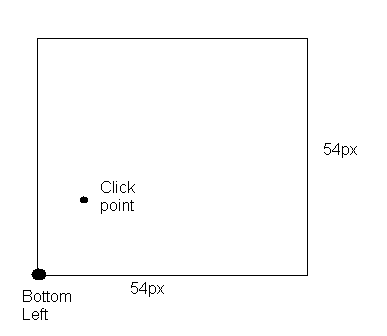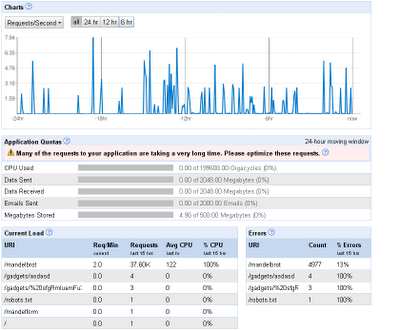As a corporate device the iPhone was simply superb. There have been some people citing some minor security pieces but seriously the odds of my losing the iPhone as opposed to the last device? My last device was stolen at Seattle Airport by a pick-pocket. My iPhone however was in a more secure pocket... because I care about it.
So lets just look at usability.
Exchange.... well the push sync was as good as expected and it burnt the battery as expected. But the big question is whether the touch keyboard was as "good" as the old slide out. Once yes, Twice yes, a hundred times yes. Simply put its become a joy to use. The only slight niggle I have is that cut-and-paste would help.
Calendar was great, contacts worked great, wish there was voice dialing as standard but its still superb.
And the best bit?
ITS A BRILLIANT PHONE
Which is where most of the Windows Mobile devices I've had fall down. They've been okay as a mobile office client but rubbish as phones. The iPhone is a good phone. It switches to phone mode really well (and from anywhere) the call quality is good and its never dropped a call.
So my conclusion is that not unsurprisingly the iPhone is a great corporate device because its a usable device. Now what would really help for corporate adopt is a "local" version of the iTunes store as a way to manage enterprise client application deployment, deploying corporate apps has long been a pain onto mobile devices, either "click on this link and pray" or "Insert this SD card" with the challenges around updates that this brings. A Corporate iTunes store and iTunes extension would solve all of that. No idea if Apple would do it, but that would turn them from being the cool device in the corporation to being the managed cool device in the corporation.
Technorati Tags: SOA, Service Architecture










